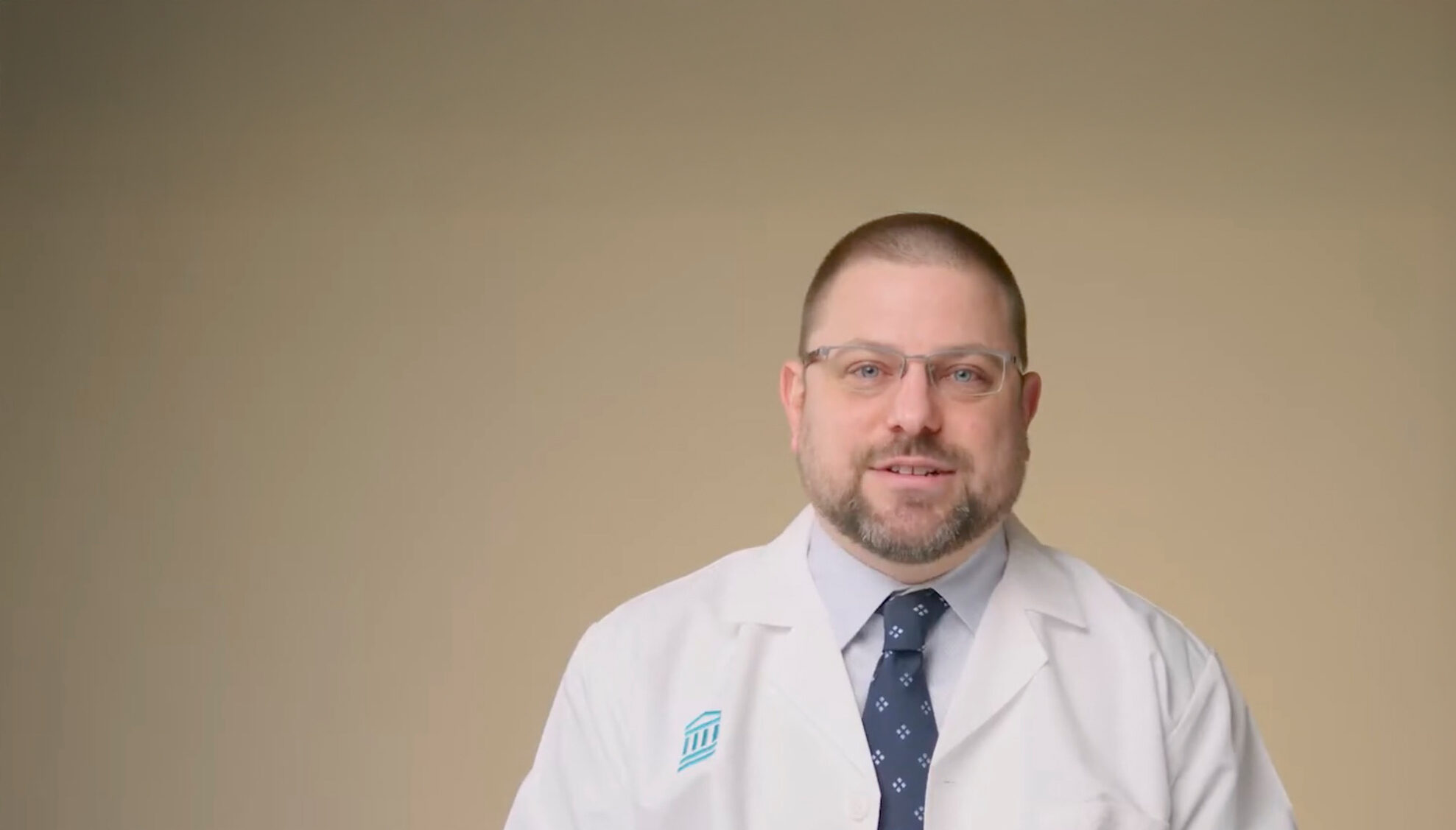The Link Between Blood Pressure and Stroke
Many American adults struggle with hypertension, the top controllable risk factor for stroke.

Nearly half of American adults have high blood pressure, according to the Centers for Disease Control and Prevention (CDC). Also called hypertension, the American Stroke Association (ASA) considers high blood pressure to be the top controllable risk factor for stroke.
A stroke occurs when something stops the flow of blood to brain cells, or a blood vessel breaks and leaks blood into the brain. As a result, brain cells die. The ASA cites strokes as the fifth leading cause of death, and a top cause of disability, in the United States.
High blood pressure can cause vascular injury, or what some people call hardening of the arteries.
Christopher David Anderson, MD, MSc, chief of the stroke division at Mass General Brigham, explains how high blood pressure increases stroke risk, and how you can protect your health.
How does high blood pressure cause stroke?
Hypertension affects your arteries, the blood vessels that carry oxygen- and nutrient-rich blood from your heart to the rest of your body. When blood pressure is high, blood flows through arteries with more force than it should. This excess force puts pressure on your arteries, damaging them.
“High blood pressure can cause vascular injury, or what some people call hardening of the arteries,” says Dr. Anderson. “Plus, your blood vessels naturally become stiffer as you age, which causes blood pressure to rise.” Hardening of the arteries is also known as arteriosclerosis. Different types of vascular injury can cause a stroke:
- Atherosclerosis occurs when plaque collects inside larger arteries, reducing blood flow. Plaque is made of fatty substances, cholesterol, and waste products. A piece of plaque can break off and travel through blood vessels. If the plaque gets stuck, it can stop blood flow in the brain and cause a stroke.
- Arteriosclerosis affects the smaller arteries (arterioles) that branch from larger arteries. High blood pressure can stiffen arterioles in your brain, causing blockages that stop blood flow. It can also weaken the tiny arteries in the brain, making them more prone to tears and rupture.

Hemorrhagic Stroke: Symptoms, Risk Factors, and Treatments
Learn about the risk factors and symptoms of a hemorrhagic stroke as Christopher Anderson, MD, MSc, chief of the stroke division at Mass General Brigham, discusses the history of strokes and treatment options for a hemorrhagic stroke.
Hypertension and stroke types
High blood pressure can cause different types of strokes:
Improve Your Brain Health
Mass General Brigham researchers have developed a tool that measures efforts to protect brain health and offers guidance on how to improve it.
Read more
- Ischemic strokes occur when a blood clot or piece of plaque blocks blood flow in an artery that supplies blood to the brain. Ischemic strokes are the most common, accounting for almost 9 in 10 strokes, according to the ASA.
- Hemorrhagic strokes occur when a blood vessel in the brain weakens and tears from the constant force of high blood pressure or other aging processes. Bleeding may occur inside the brain, or between the brain and skull. “Hemorrhagic strokes can be more damaging and difficult to treat,” says Dr. Anderson.
- Transient ischemic attacks (TIAs) are often called ministrokes. A blood clot, piece of plaque, or small artery tear stops blood flow to the brain for a few minutes, and then resolves on its own. TIAs are a sign that you’re at risk for having a stroke.
Learn more about managing hypertension and lowering stroke risk at massgeneralbrigham.org